For Release: October 2018
Neurofibromas are tumors of the nerve that are found most commonly in people with neurofibromatosis type I (NF1). NF1 is a neurogenetic disease with an estimated prevalence of 1/2500-1/3000. A type of neurofibroma called a plexiform neurofibroma affects up to 50% of people with NF1. These tumors can cause weakness, sensory changes, deformity, pain and have a risk of converting to a deadly sarcoma called malignant peripheral nerve sheath tumors (MPNST). NF1 mutant Schwann cells (SCs) are thought to be the neoplastic cells driving neurofibroma formation. However, many cell types are present in neurofibromas besides SCs. Specifically, macrophages (a type of white blood cell that removes foreign material and stimulates partners in the immune response) have been identified as playing a major role in neurofibroma formation. Animal model studies suggest that macrophages shift gene expression and function in response to stimuli, including after nerve injury. Furthermore as tumors progress, macrophages stimulate tumor growth and blood vessel formation, and recruit additional cells.
To gain an improved understanding of the inter- and intra-cellular interactions of these cells and how they contribute to neurofibroma formation with the goal of identifying potential targets and pathways for drug targeting, a team of researchers from Cincinnati Children’s Hospital and Medical Center characterized the gene expression profiles of Schwann cells and macrophages in mouse nerves, murine and human neurofibromas.
From this work they have identified specific cytokine and chemokine pathways that slow or promote tumor growth as well as several molecular networks that mediate intra- and inter-cellular signaling related to neurofibroma growth in mouse models at various stages of tumor development. This work is described in the manuscript “An inflammatory gene signature distinguishes neurofibroma Schwann cells and macrophages from cells in the normal peripheral nervous system, Scientific Reports 2017 Mar; 7, 43315. PMID: 28256556. Excitingly, the findings suggest that targeting SC-macrophage interactions might an effective therapeutic approach for stopping neurofibromas.
All of the data generated from this project has now been made openly available and can be accessed through the Synapse portal managed by Sage Bionetworks. By having this genetic and molecular data made openly available to the global research community, the investigators and sponsors hope to foster collaborations that will collectively advance efforts in developing effective therapies to prevent or treat neurofibromas.
This work was a major initiative of the Neurofibromatosis Therapeutic Acceleration Program (NTAP) (www.n-tap.org) based in The Johns Hopkins School of Medicine.
The Johns Hopkins University, and University of Cincinnati, are academic institutions based respectively in Baltimore, Maryland, and Cincinnati, Ohio.
Sage Bionetworks is a nonprofit biomedical research organization, founded in 2009, with a vision to promote innovations in personalized medicine by enabling a community-based approach to scientific inquiries and discoveries. Sage Bionetworks strives to activate patients and to incentivize scientists, funders and researchers to work in fundamentally new ways in order to shape research, accelerate access to knowledge and transform human health. It is located in Seattle and is supported through a portfolio of philanthropic donations, competitive research grants, and commercial partnerships. More information is available at www.sagebionetworks.org.
